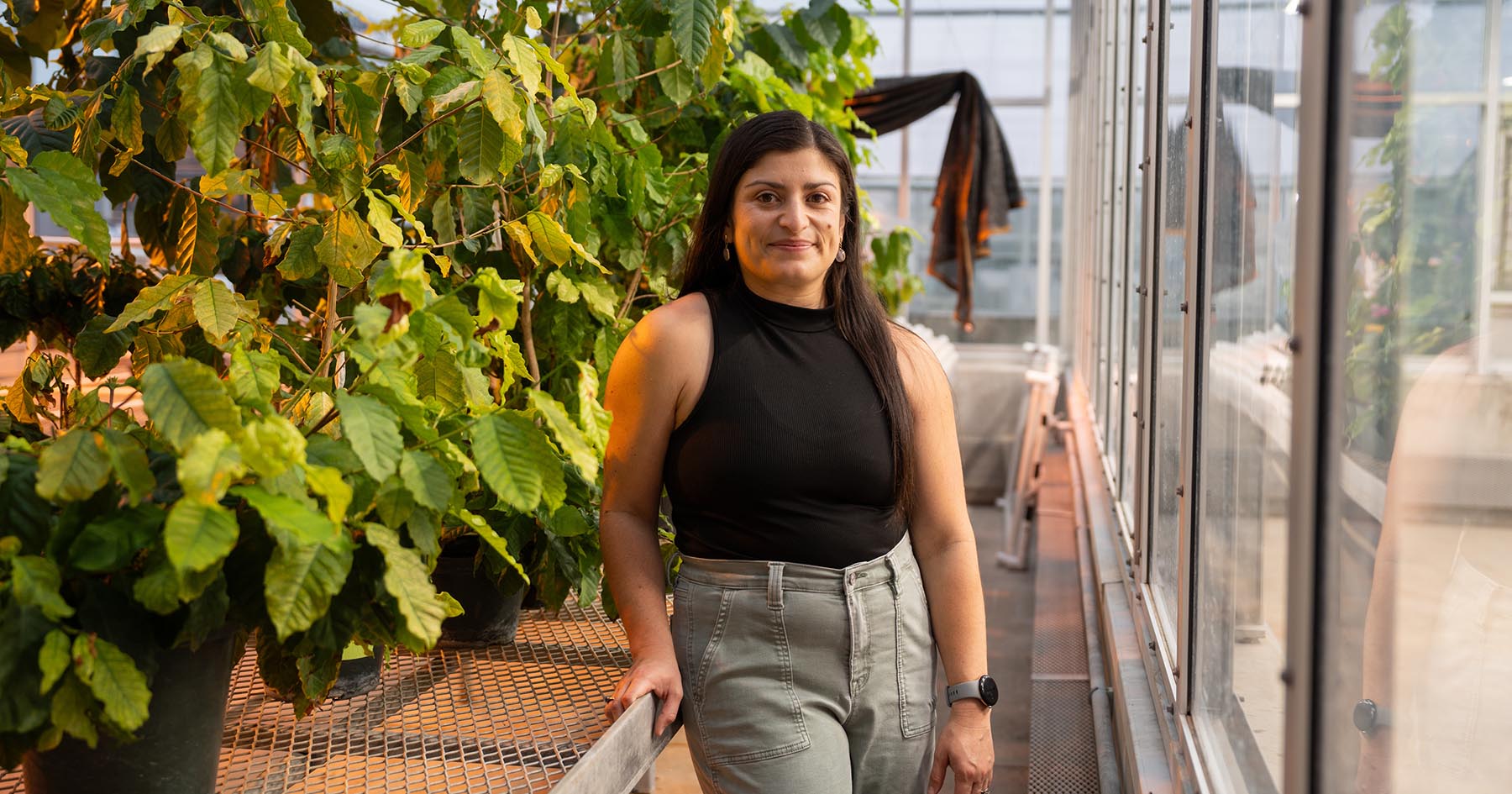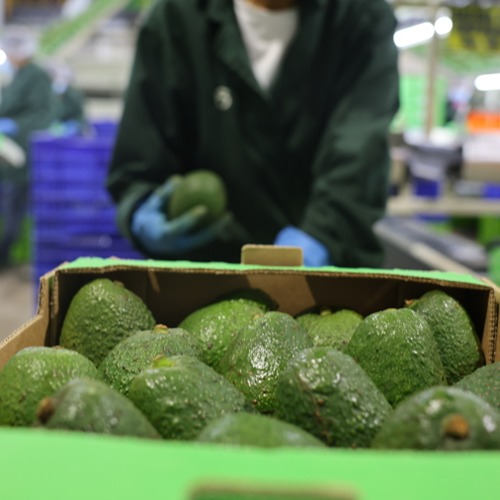How much is that turkey in the window?
Consumers have a lot to give thanks for this Thanksgiving as they head to the grocery stores. Jayson Lusk, distinguished professor and department head of Purdue’s agricultural economics department, said shoppers can expect prices of Thanksgiving staples to be on par, if not a bit lower, than the past several years.
“Agricultural commodity prices, like for corn and soybeans, have been low for some time and have remained low,” Lusk said. “These are the ingredients for a lot of food and are also used to make feed for animals, so that’s one of the drivers.” Low energy costs over the past few years also add to the affordability of food.
Of course, what’s positive for the consumer often comes at a cost for farmers. Lusk said the agricultural economy is depressed, especially in contrast to five years ago. Certain sectors, like pork, beef, and poultry, benefit from low feed prices and continue to prosper whereas other industries, like dairy, are feeling the strain of an oversaturated market and low prices. Lusk doesn’t see this trend reversing anytime soon. “Overall, if you look at total revenues in the farm sector they are expected to decline,” he said.

So, what exactly can shoppers expect when they head to the stores to pick up their Thanksgiving Day feast? This year, Lusk said, consumers will accrue major savings on purchasing their bird. Turkey prices are expected to be between 8-10 percent lower than this time last year, ringing in around $1.45 a pound. “One has to go back more than a decade to find retail whole frozen turkey prices as low,” Lusk added.
Poultry isn’t the only place where savings can be found. Cranberries are 30 percent cheaper than five years ago at around 50 cents per pound. Staples have not been subject to inflation and are the same price or slightly more affordable than last year. Sugar, white flour, and potatoes cost 63 cents, 50 cents and 60 cents per pound, respectively. “Food inflation across the board has remained quite low,” Lusk explained.
Low food prices can have a ripple effect on other areas of the economy, especially around the holidays when consumer spending spikes. Lusk said savings accrued during Thanksgiving may be used to supplement Christmas or Black Friday shopping. Alternatively, many people might choose to upgrade their Thanksgiving spread, switching to organic meats and vegetables, more niche food or higher-quality ingredients. “I would guess that’s one of the biggest places we’ll see people spending these savings,” Lusk added.
And there is even more good news, Lusk added. Historically low food prices around Thanksgiving often translate into affordable food near Christmas and other winter holidays. So, whether consumers are eyeing a juicy roast for their Christmas meal or a giant tofurky, they can expect to continue saving.





